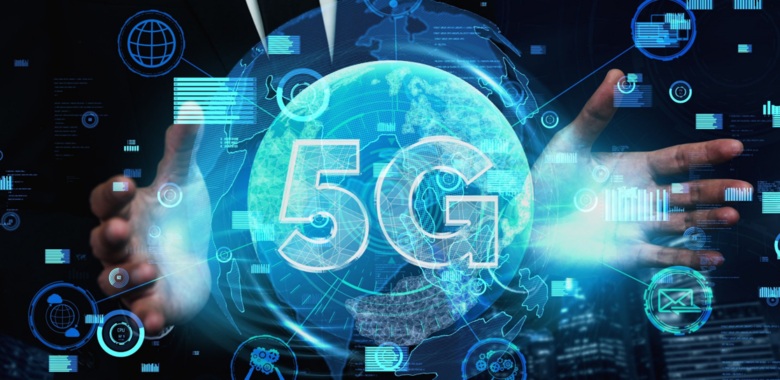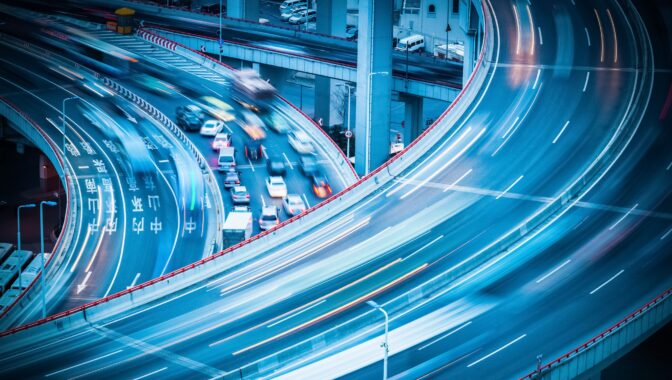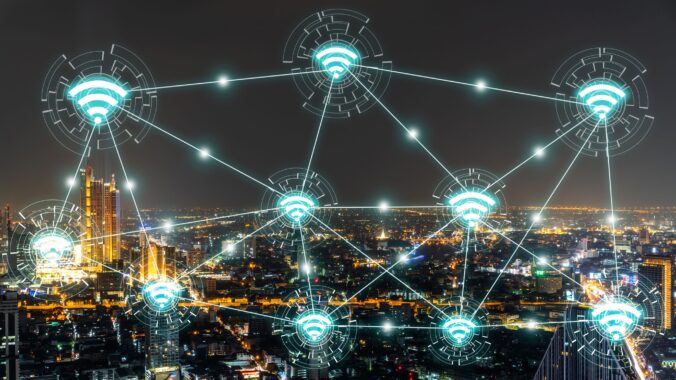The digital transformation occurring in all parts of our lives has also brought many benefits to the office environment that we now couldn’t imagine living without. The pace of this digitisation is something that has been snowballing over the past 50 years, especially since the introduction of computers at work. It wasn’t so long ago that we had to dial-in to network via a modem, faxing clients or using floppy disks to transfer files.
Nowadays, the big changes in workplace technology are less about office mobility and more towards creating the best possible work environment, where the hours spent doing admin are reduced, employee wellbeing is at the center of company policy and monetary and environmental costs are minimised. Implementing smart devices and systems is at the heart of this business transformation, but IoT security needs to be front of mind when embarking on this journey.
With data breaches and GDPR fines at an all-time high, adding more devices that use swathes of data into the office environment certainly needs to be taken seriously. However, it is also worth knowing the benefits the IoT can bring to a business, so companies can make informed choices whether or not to use this technology.
Digital Assistants
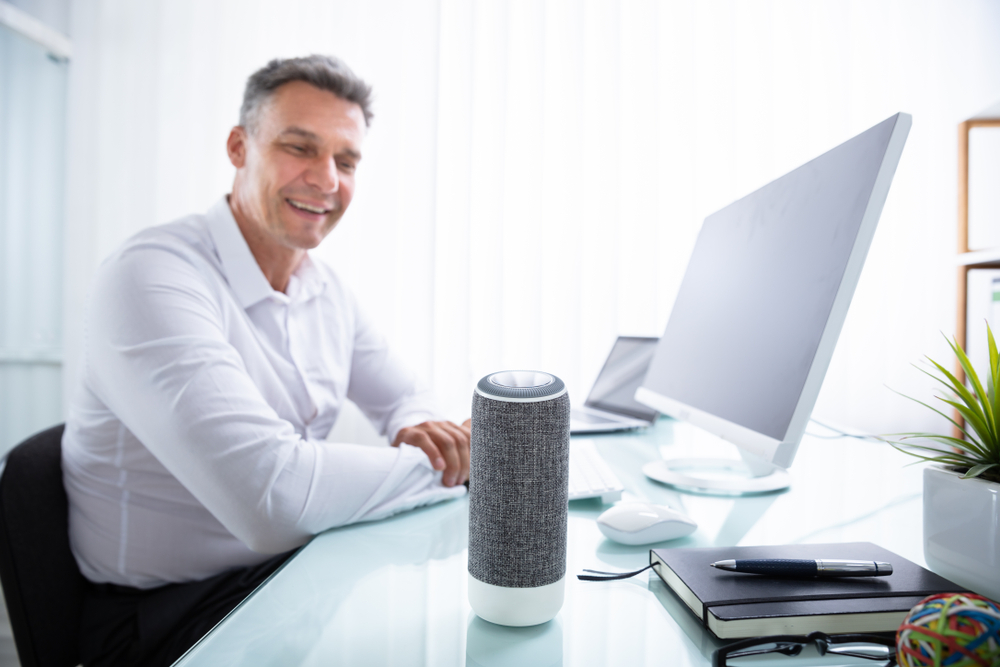
One of the most familiar uses of the IoT is digital assistants, which nowadays many people use in their home. However, these devices are still not widespread in the office environment. The obvious use-case of a digital assistant in the office is to help employees with their personal tasks and making calls. However, they have much greater potential than this.
Digital office assistants can, for example, tell you which meeting rooms are free, control conference room equipment settings and order supplies based on the frequency of your order history. In addition, it is possible for a digital assistant to know you have a meeting coming up in your calendar, mine the dial-in information, dial into the conference provider, and start the meeting, all without you having to worry about finding the conference ID and international country code number. Then, once you are in the meeting room, the assistant can turn on the smart TV or screen and dim the lights automatically, without you having to lift a finger.
Smart Buildings
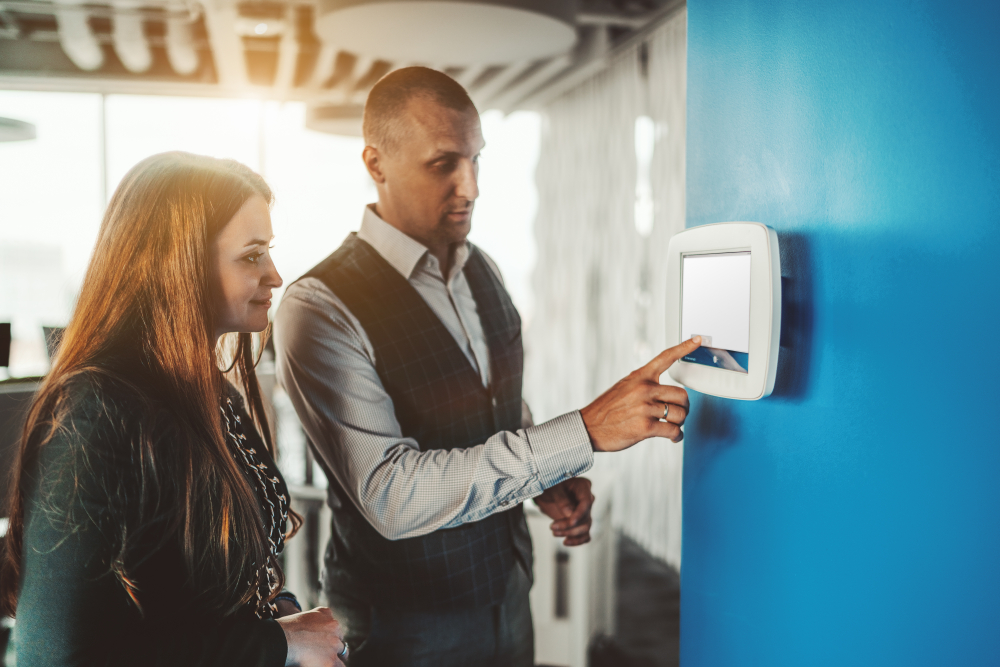
In the traditional sense, smart buildings are those that use IoT systems, such as smart meters and smart security systems for cost savings and for remote operation. A smart heating system, for example, can understand how the temperature in the office changes with different weather conditions and can adjust the air conditioning or heating accordingly. However, with more recent developments IoT smart buildings systems can be linked to the number of people using the computers. Using this data, the system would be able to tell exactly which section of the office may need more air conditioning than another and can therefore more precisely direct heat/air to these areas. For building operators this represents a huge cost saving as money is no longer spent on heating an empty floor.
Using IoT in office buildings would also mean reducing the disruption from the time spent searching for empty spaces around the office, providing a smoother and more personalised experience for clients or employees alike. For example, a customer or supplier that often comes to your office could be greeted by a personalised welcome message with their name and company logo at reception, as soon as they enter the building. Today, many companies are adopting hotdesking policies where employees no longer have their own desks but share the same space with colleagues. Digital assistants could help navigate this by sending employees notifications on their smartphones to let them know which desks are free as soon as they go in the lift.
IoT could also reduce ‘office congestion’ at peak periods like lunch. To do this the IoT would need to be connected to a specific device, such as a smart phone or a wearable device. Then, this object would collect data related to your behavior, for example what floor you usually get off on. It could then use this information to send you a notification about which lift was next going to that floor and when to expect it. Not only would this keep people moving around smoothly but it could cut energy consumption. While it can be expensive to put these measures in place, the cost benefit analysis shows that these measures are often worth the overhead, in the long-term.
Smart desk objects and wellbeing

The U.S. Occupational Safety and Health Administration (OSHA) estimates that employers pay almost $1 billion per week treating the effects of poor office ergonomics, including bad posture, heavy lifting and burnout. And while many companies now have policies in place to educate their workforce the IoT can also be used to help prevent these problems by providing up-to-date analytics on employee health and wellbeing.
Smart desks for example, can warn you if you’ve been sitting too long and smart chairs have sensors to alert employees when their posture is bad and can even provide recommendations for improvement. What’s more, wellness wearables can be given to employees to alert the users when they need to take a walk, change the light settings on their computer or even drink a glass of water. Using up-to-date analytics in this way can help optimise the working environment for employees, increasing concentration levels and helping people be more productive.
With the smart office industry predicted to be worth $57 billion by 2025 we are only at the beginning of the curve for smart products in the office. Innovative IoT tools have the power to help employees and businesses make better decisions about their day-to-day activities and long-term operations. Not only can these devices help create efficiencies in the workforce, but they can also cut down environmental and monetary costs for businesses.
How might our offices look like in 2050?
Creating the best possible work environment using smart tech solutions is critical to the future of work. If you don’t believe this is the case, just think back to life without laptops 30 years ago and how having them impacted your working mobility. With significant opportunities in the IoT market, in another 30 we could be looking at a completely different office environment again. For example, we won’t need to use a pass or to sign in into the building, but will be recognised by behavioral patterns such as the way we walk and the tone of our voice, when we get to reception we would be greeted by robots and when we enter a meeting we would be able to project a 3D hologram of a colleague who works in another country. The opportunities are endless!
Do you use the IoT at your office? Let us know by tweeting us @Gemalto

